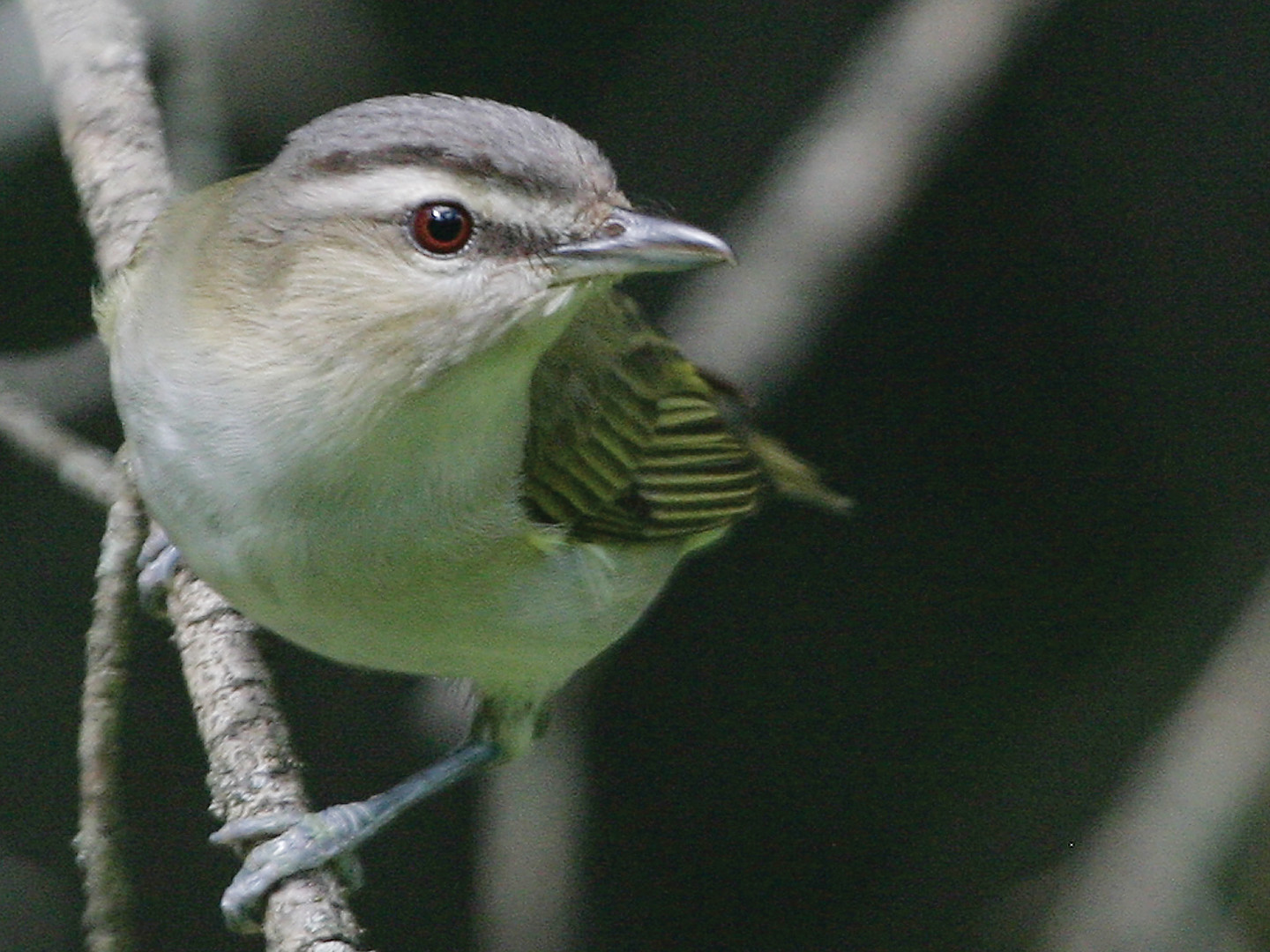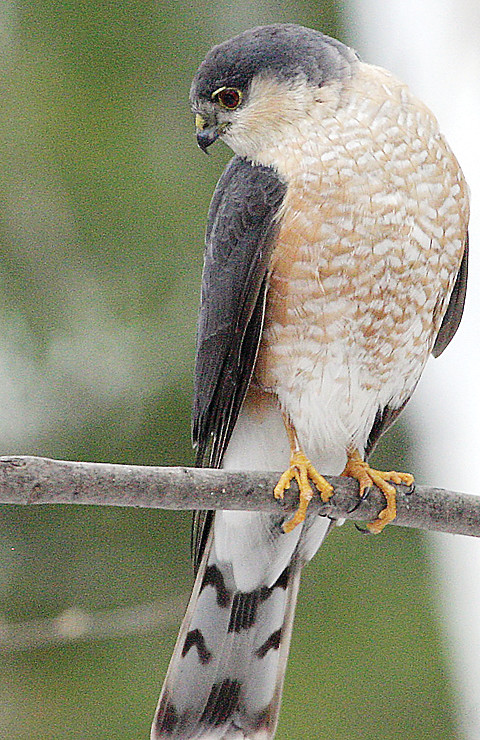Support the Timberjay by making a donation.
Birds on the move
As snowbirds head south, it’s a great time to be watching
There are plenty of reasons to love this time of year, but the onset of the fall bird migration is one of my favorites. And I’m not talking about the snowbirds who are calling in at the office …
This item is available in full to subscribers.
Attention subscribers
To continue reading, you will need to either log in to your subscriber account, or purchase a new subscription.
If you are a current print subscriber, you can set up a free website account and connect your subscription to it by clicking here.
If you are a digital subscriber with an active, online-only subscription then you already have an account here. Just reset your password if you've not yet logged in to your account on this new site.
Otherwise, click here to view your options for subscribing.
Please log in to continue |
Birds on the move
As snowbirds head south, it’s a great time to be watching
There are plenty of reasons to love this time of year, but the onset of the fall bird migration is one of my favorites. And I’m not talking about the snowbirds who are calling in at the office every day to change their subscription addresses to points south.
I’m talking about the huge numbers of real birds who are also repositioning themselves on the landscape to survive the coming winter.
Because we can only experience migration from our own limited vantage point, it’s easy to overlook the scale of this annual phenomenon. Ornithologists have estimated that over five billion birds migrate across North America each spring, but it’s easily twice that number in the fall, since our bird populations are typically swelled by the young of the year moving south for the first time.
In the woods, just keep your eyes and ears open for the tell-tale movements or soft chips and chirps of the myriad of birds moving through right now. Most of the small birds, like warblers, vireos, thrushes, flycatchers and sparrows, frequently move through the woods in small, loose flocks while feeding. Mornings are often a good time to find these birds, many of which have been migrating overnight. By morning they’re tired and hungry and will drop down into the forest to feed, where you can often get a good look at them. Many of the birds are young of the year, and they can be pretty curious and easy to attract by “pishing,” a sound you can make by loudly kissing the back of your hand or making a soft shushing sound. I’ve had a dozen of these young birds fluttering in the branches all around me at times in the fall, looking for the source of what sounds like a scolding bird.
If you’d really like to see large numbers of migrating birds, there are hot spots where the natural terrain funnels birds through certain areas. Most small birds don’t like flying over water during the day, so any lake a mile or more across can help funnel migrating birds along the east or west shoreline. Really big lakes, like Lake Superior, are even more effective funnels, which is why Hawk Ridge in Duluth is a popular spot for bird watchers. While it gets much of its attention for the hawk migration, the big lake funnels far more small forest birds than hawks. The trees and shrubs at Hawk Ridge can come alive with small migrants this time of year.
And all of those small birds don’t escape the notice of predators. Indeed, the fall migration must be a smorgasbord for forest hawks, like sharp-shinneds and merlins, which prey heavily on small birds. They’re on the move right now, as well, feasting as they head south in step with other migrants, many of them young and inexperienced— otherwise known as easy prey.
The timing of this mass migration varies with the species of bird, of course. Unlike humans, most birds don’t move south just because the weather is getting cooler. For them, it’s mostly about access to food. The insect-eaters are often headed south sooner since a hard freeze, which is not unusual this time of year, could easily wipe out much of their food supply. The birds that can subsist on fruits and seeds usually aren’t in quite such a rush to head south, although they’re usually well south of our region before the snow really starts to accumulate.
And then we’ll be left with the relative handful of our hardiest birds, which remain in the North Country over the winter. But that’s still a couple months off. For now, get out and catch a glimpse of fall’s marvelous migration.











